Are you experiencing transmission problems? A faulty torque converter could be the culprit. The torque converter is an essential component of your vehicle’s automatic transmission system, and it is responsible for transferring power from the engine to the wheels.
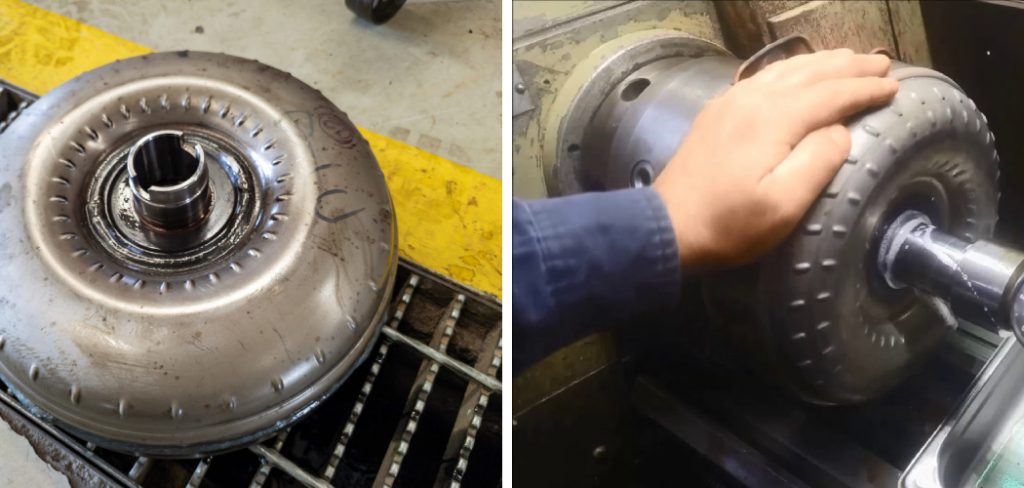
A torque converter is a vital component in the powertrain of an automatic transmission vehicle. It is responsible for transmitting the engine’s power to the transmission while allowing the engine to maintain its speed independently of the transmission gears. Recognizing the signs of a failing torque converter can be crucial to vehicle maintenance and avoiding costly repairs.
This document on how to test torque converter will guide you through the steps to effectively test your vehicle’s torque converter, helping you to diagnose and address problems swiftly and efficiently.
What Will You Need?
To properly test your torque converter, you will need the following tools and materials:
- A vehicle with an automatic transmission
- A diagnostic code reader or scanner (optional)
- A torque converter stall speed tester (optional)
- Jack stands and a floor jack (if necessary)
- Essential hand tools such as wrenches, sockets, and screwdrivers
- Safety gear, including gloves, goggles, and sturdy footwear
- A service manual for your specific vehicle model (optional)
Once you have gathered your tools and materials, you can begin testing.
10 Easy Steps on How to Test Torque Converter
Step 1: Prepare Your Vehicle
Before testing the torque converter, ensure your vehicle is on a level surface and securely supported with jack stands if necessary. Ensure the parking brake is set to prevent any movement. If elevated access is required, carefully lift the vehicle according to the manufacturer’s instructions.
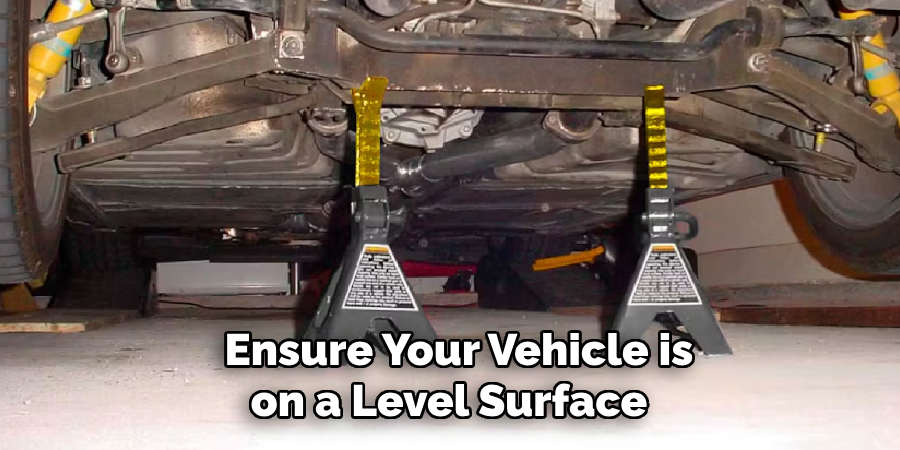
You should also refer to your vehicle’s service manual for any specific preparations or cautions associated with torque converter testing, such as the recommended operating temperature or any preliminary checks, to maintain safety and accuracy during the diagnostic procedure.
Step 2: Check for Trouble Codes
Before performing any physical testing, it’s beneficial to check for any trouble codes that might have been recorded by the vehicle’s onboard diagnostics system (OBD-II). Connect a diagnostic code reader or scanner to your vehicle’s diagnostic port, usually under the dashboard, and follow the scanner’s instructions to retrieve any codes.
Torque converter-related issues may generate specific transmission codes, which can provide valuable clues about the nature of the problem and point you in the right direction for further testing and repair.
Step 3: Perform a Stall Speed Test
The stall speed test can be executed to assess your torque converter’s health. This test measures how much the engine can rev without the wheels moving when the transmission is in gear. To perform the stall speed test, ensure the area is clear and safe. Then, press the brake pedal firmly with your left foot, shift into drive, and fully depress the accelerator pedal with your right foot for no longer than five seconds.
Monitor the RPM gauge to see where the engine speed caps out—this is your stall speed. Compare this reading to the stall speed specification in your vehicle’s service manual. A stall speed significantly lower or higher than the manufacturer’s specification can indicate a problem with the torque converter.
Step 4: Inspect the Fluid
Transmission fluid is vital for the proper functioning of the torque converter. To inspect your transmission fluid, locate the transmission fluid dipstick, pull it out, and clean it with a rag. Reinsert it fully and then remove it again to check the fluid level. It should be within the crosshatch pattern on the dipstick.
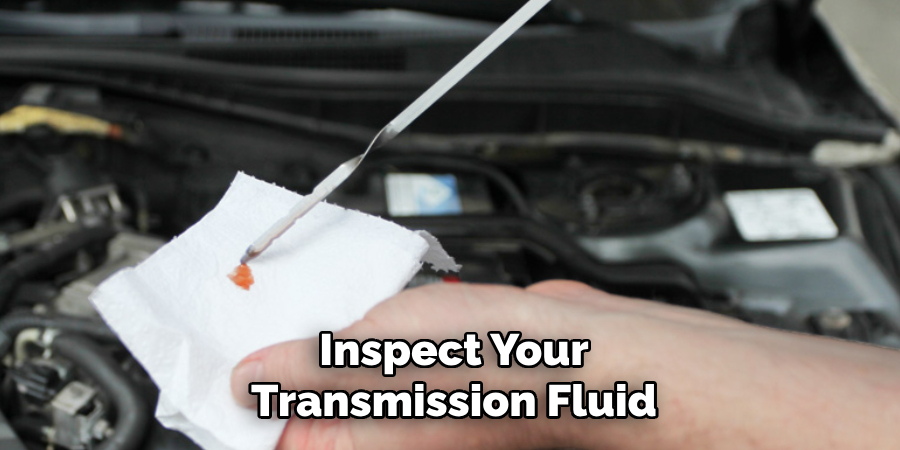
Also, examine the color and smell of the fluid — it should be a bright, clear red and not have a burnt odor. Dark fluid or a burnt smell could mean the torque converter is overheating and potentially damaging the transmission.
Step 5: Feel for Shudder or Vibration
One common symptom of a problematic torque converter is a shudder or vibration felt throughout the vehicle, usually occurring when the converter’s lockup clutch fails to engage properly. To test for this, accelerate to a moderate speed and then maintain a steady pace.
If you notice a repetitive shuddering sensation or vibrations without changing road conditions or engine performance, this may indicate an issue with the torque converter’s clutch. Pay close attention during this test to discern whether the vibration is coming from the engine or transmission, as this will help target your diagnostic efforts more accurately.
Step 6: Listen for Abnormal Noises
Abnormal noises from the transmission area during operation can signal torque converter issues. Pay attention for any whining, clunking, or clicking sounds when the vehicle is running, especially when shifting gears.
If you hear unusual noises, it may indicate loose or damaged torque converter components, such as the stator or bearings. Isolating the noise can be challenging; however, it’s typically louder during acceleration or when the engine is under a load, as this puts more strain on the torque converter.
Step 7: Conduct a Leak Test
Examine the area around the torque converter and transmission for any signs of fluid leaks. Pay particular attention to the seals and gaskets where the engine and transmission meet, as these are common areas for leaks to develop.
A bright flashlight and a clean piece of cardboard placed under the vehicle while running can help you detect fresh transmission fluid drips. If you identify a leak, it must be addressed promptly to prevent further damage to the torque converter and transmission system.
Step 8: Test the Torque Converter Clutch Solenoid
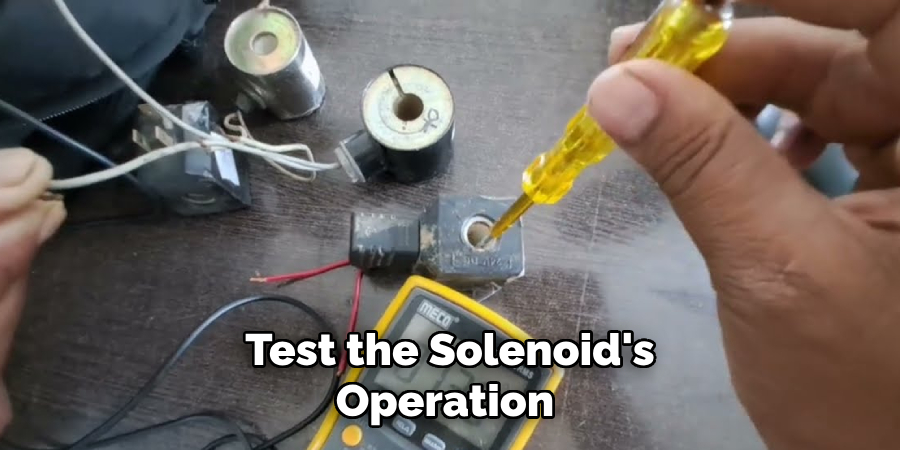
The torque converter clutch solenoid (TCC solenoid) controls the flow of transmission fluid to the torque converter’s lockup clutch. A malfunctioning solenoid can prevent the grip from engaging properly, decreasing fuel efficiency and performance. To test the TCC solenoid, locate it using your service manual and test its resistance with a multimeter.
Compare your readings with the specifications in the manual; a significant deviation from the recommended range suggests a faulty solenoid that may need replacement. Additionally, you can test the solenoid’s operation on some vehicles by listening for a click when engaging and disengaging the lockup clutch while the engine is running.
Step 9: Evaluate the Torque Converter Lockup
Proper operation of the torque converter’s lockup mechanism is crucial for the performance and fuel efficiency of the vehicle. To evaluate the lockup, drive at a speed where the lockup typically engages (usually between 40 to 50 mph).
Lightly tap the brake pedal without completely disengaging the throttle. This should cause the RPM to rise if the lockup disengages and then settle back if it re-engages when you release the brake. Failure to observe this change in RPMs can signify an issue with the lockup mechanism, which may require a professional assessment.
Step 10: Consult with a Professional Mechanic
If you’ve completed the previous steps and still suspect an issue with your torque converter, or if you’ve identified a problem but are unsure how to proceed, it’s time to consult with a professional mechanic. A skilled technician will have the tools and expertise to perform an in-depth diagnostic and confirm whether the torque converter is the source of your vehicle’s issues.

They can also provide a repair or replacement solution that ensures your vehicle operates safely and efficiently. Remember to describe the symptoms and test results to the mechanic, as this information will aid in the accurate diagnosis of the torque converter’s condition.
By following these steps, you can easily test and evaluate the condition of your vehicle’s torque converter.
5 Additional Tips and Tricks
- Pay Attention to the Stall Speed: Perform a stall speed test by firmly applying the brakes, shifting into drive, and accelerating. If the engine RPM exceeds the manufacturer’s specified stall speed by a significant margin, it could indicate a slipping torque converter.
- Check for Overheating: A failing torque converter can cause transmission fluid to overheat. Check the transmission fluid after a drive; if it smells burnt or is discolored, this may indicate a torque converter issue.
- Listen for Strange Sounds: Any unusual noises, such as whining or clunking, especially when shifting gears, could point to a torque converter malfunction. These sounds might be caused by damaged or worn internal parts.
- Fluid Coupling Check: To assess the fluid coupling, watch the tachometer and note any irregularities or shuddering during acceleration. This could suggest a problem with the torque converter’s fluid flow.
- Inspect Torque Converter Lockup: Modern torque converters have a lock-up mechanism that can be tested by driving steadily and observing the RPM. If the RPM fluctuates or does not drop when it should, the lock-up function may fail.
With these additional tips and tricks, you can further ensure your torque converter functions correctly.
5 Things You Should Avoid
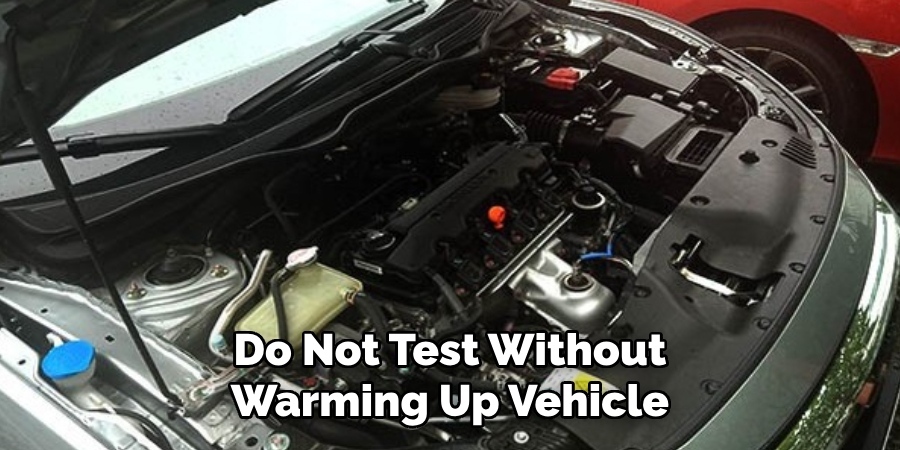
- Neglecting Safety Precautions: Follow proper safety measures before performing tests on your torque converter. Use wheel chocks, work on a level surface, and wear protective gear.
- Ignoring Transmission Fluid Levels: Only start a torque converter test after first checking the transmission fluid levels, as low fluid can lead to incorrect diagnosis and further damage.
- Skipping Warm-Up: Do not test your torque converter without warming up your vehicle first; a cold engine can give inaccurate readings.
- Using Faulty Equipment: Testing with a defective tachometer or other diagnostic tools can lead to incorrect conclusions. Make sure all equipment is calibrated and functioning properly before use.
- Rushing the Diagnosis: Take your time when testing and analyzing the torque converter. Hasty tests can overlook subtle signs that point to other issues or inaccuracies in torque converter performance.
By avoiding these common mistakes, you can ensure a more accurate and effective diagnosis of your torque converter.
Conclusion
In conclusion, diagnosing the health of a torque converter is critical for maintaining the integrity of a vehicle’s transmission system. Adhering to the five additional tips will facilitate a more nuanced inspection while avoiding the listed common pitfalls will prevent misjudgments.
Regular monitoring and testing of the torque converter ensure early detection of potential issues, enabling prompt repairs that can save time and money. Remember, a systematic approach to testing combined with a vigilant adherence to safety can lead to accurate diagnostics and enhance the longevity of your vehicle’s transmission.
Hopefully, the article on how to test torque converter has provided valuable insights and knowledge on this essential component of a vehicle’s transmission system. With the right tools and techniques, you can confidently perform torque converter tests to keep your vehicle running smoothly for miles to come. Happy driving!

About
JeepFixes Team is a skilled author for Jeep Fixes, bringing 6 years of expertise in crafting a wide range of jeep fixes. With a strong background in jeep fixes work, JeepFixes Team’s knowledge spans various types of fixtures, from decorative pieces to functional hardware, blending precision with creativity. His passion for jeep fixes and design has made him a trusted resource in the industry.
Professional Focus:
Expert in Jeep Fixes : JeepFixes Team aesthetic specializes in creating durable and innovative jeep fixes, offering both appeal and functionality. His work reflects a deep understanding of jeep fixes techniques and materials.
Sustainability Advocate : He is dedicated to using sustainable practices, ensuring that every fixture is crafted with eco-friendly methods while maintaining high-quality standards.
In his writing for jeep fixes, JeepFixes Team provides valuable insights into the latest trends, techniques, and practical advice for those passionate about jeep fixes, whether they are professionals or DIY enthusiasts. His focus on combining artistry with engineering helps others discover the true potential of jeep in design.
